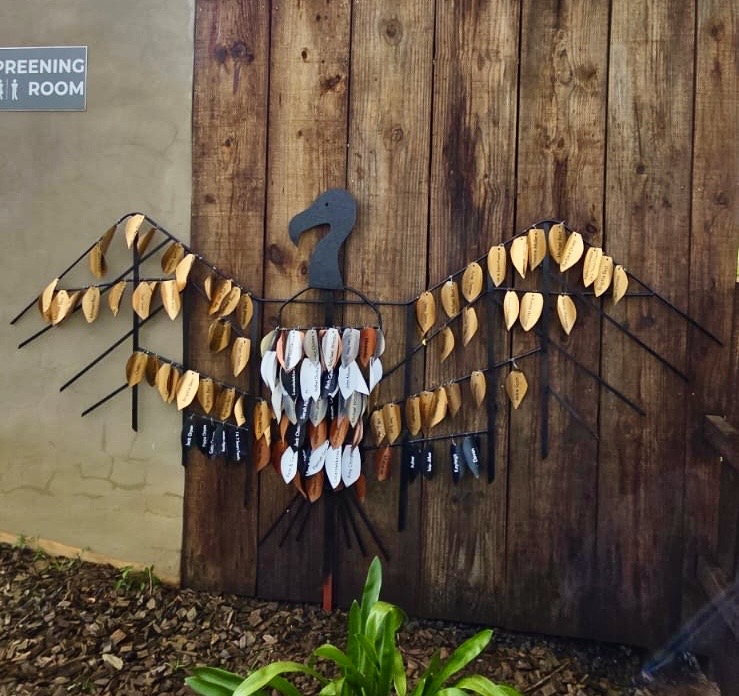Written by Wildlife ACT Monitor Hayden Rattray
A predator call-up is used to help relocate predators to new ranges, treat wounded or snared individuals, and when collaring a member of a pack of African Wild Dogs or pride of Lions.
The KwaZulu-Natal meta-population of African Wild Dogs requires intensive and ongoing monitoring and management of individuals and packs. One wild dog conservation goal is to maintain genetic diversity within the species. This intensive management means that a Wild Dog call-up needs to be successful when a veterinarian is present.

The Aim of a Predator Call-Up
The aim of a predator call-up is to get the target animal (for medical treatment, collaring or relocation) into an accessible position for a vet to sedate it. A successful call-up allows a vet to work on a wild animal in a safe manner that is as unobtrusive to the animal as possible.

How Does a Predator Call-Up Work?
Firstly, the location of the individual or group needs to be determined using telemetry equipment or animal spoor (footprints). Once we have determined where in the reserve the target(s) might be, we identify a suitable predator call-up site. This site will be selected based on wind direction, cover, and an intuition based on experience of how the animals will react.

After preparing the predator call-up site with fresh bait for the target animal to feed on, an appealing audio track (such as the sound of other Wild Dogs feeding or calling for a pack member) may be played through speakers to gain the attention of the individual or group in the hopes of getting them into the call-up site.
If the predator call-up is successful, the target animal will come in to feed, which will present an opportunity for it to be safely sedated by the vet. Depending on the need at the time, Wildlife ACT volunteers may get the chance to be part of this work and play an even greater part in wildlife conservation.


.jpg)


.jpg)


.jpg)

